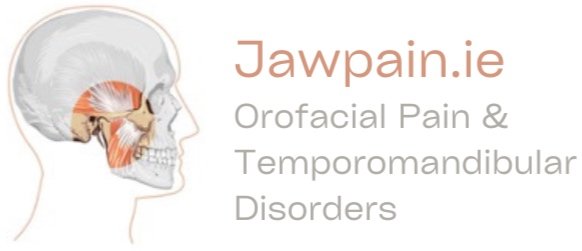Botox and the Jaw / TMJ
Botox is an injectable muscle relaxer. It uses a neurotoxin that temporarily paralyzes the muscle.
In neurological settings it is commonly used in the management of muscle spasticity. More recently, it has been shown to be effective in the management of chronic pain. If it’s used in your jaw muscles it can reduce jaw muscle tension and assist in the management of jaw / facial pain. It can also change your face shape.
What is masseter Botox?
The masseter is one of the muscles that helps you chew. It is also implicated in clenching and grinding. It’s located on the side of your face and connects your cheekbone to your lower jawbone.
When botox / botulinum toxin is injected into the masseter muscle it temporarily blocks nerve signals in the masseter. As a result, it can reduce the activity of this muscle.
What is masseter Botox used for?
Botox in the masseter muscle is typically used for:
managing teeth grinding
reducing jaw tension, pain, and clenching
relieving headaches
contouring a square jaw
creating a balanced face shape
What’s the procedure for getting masseter Botox?
Here’s what to expect before, during, and after the procedure.
Before the procedure
Before getting masseter Botox, you’ll have a consultation with a view to assessing your goals and concerns.
We will examine your jaw and face. This allows them to determine the injection site and how many syringes you need.
The actual procedure will take place in the Clermont Clinic. You won’t need to go to the hospital.
During the procedure
Here’s what you can expect during the procedure:
1. We will clean your skin to reduce the risk of infection. We may use a topical anesthesia to numb the area.
2. We will prepare a syringe with the botulinum toxin. The syringe will have a very thin needle.
3. The needle is inserted into your masseter muscle. We will slowly withdraw the needle as we inject the toxin. We may inject multiple sites in the masseter muscle.
4. It maybe repeated on the other side. The number of syringes necessary depend on what you’re treating.
The procedure typically lasts 15 minutes.
After the treatment
After the treatment, you can go back to your usual activities. It doesn’t require any recovery time.
However, you’ll need to avoid the following for the 24 hours:
rubbing the treated area
placing pressure on the treated area
exercise
These actions might spread the toxin to other parts of your face.
You can expect to see full results in about 1 week. Some people start seeing results within 1 to 3 days.
It’s worth noting that the effects of Botox are temporary. They usually last 3 to 4 months. If you’d like to maintain the results, you’ll have to repeat the procedure.
What are the benefits of masseter Botox?
Masseter Botox offers the following benefits:
Reduces teeth grinding / jaw clenching (Bruxism)
Teeth grinding / jaw clenching, or bruxism, is typically treated with jaw splints, behavioural and lifestyle changes. If you have severe bruxism, Botox injections may be more effective.
As the botulinum toxin weakens the masseter, it relaxes the jaw. This stops the jaw and teeth from involuntarily clenching, reducing symptoms like:
pain in the jaw, neck, or face
tooth sensitivity or pain
dull headache
tooth damage
ear pain
Reduces symptoms of TMD
Like the masseter muscle, the temporomandibular joint (TMJ) helps you chew. It’s a hinge that connects your lower jawbone to your skull.
If there’s a problem with your TMJ, it’s called temporomandibular joint disorder (TMD). It often coexists with bruxism and masseter pain.
When Botox is injected into the masseter, it can relax the muscle and help relieve TMJ symptoms. This includes:
jaw pain
TMJ damage
poor range of motion in the jaw
jaw, face, and ear pain
jaw locking
Slims your face shape
The masseter muscles can give the face a square shape. If you want your face to look slimmer, masseter Botox may be an option.
The weakening effect of Botox reduces the size of your masseters. This creates a slimmer V-shaped jawline.
What are the potential side effects of masseter Botox?
Masseter Botox is generally considered safe. However, it’s possible for the procedure to cause side effects such as:
pain or swelling at the site of injection
bruising
headache
flu-like symptoms
crooked smile
drooling
Avoid getting Botox if you:
are pregnant
are breastfeeding
are allergic to cow’s milk protein
have a neuromuscular disorder
have keloidal scarring
have body dysmorphic disorder
have unrealistic expectations

